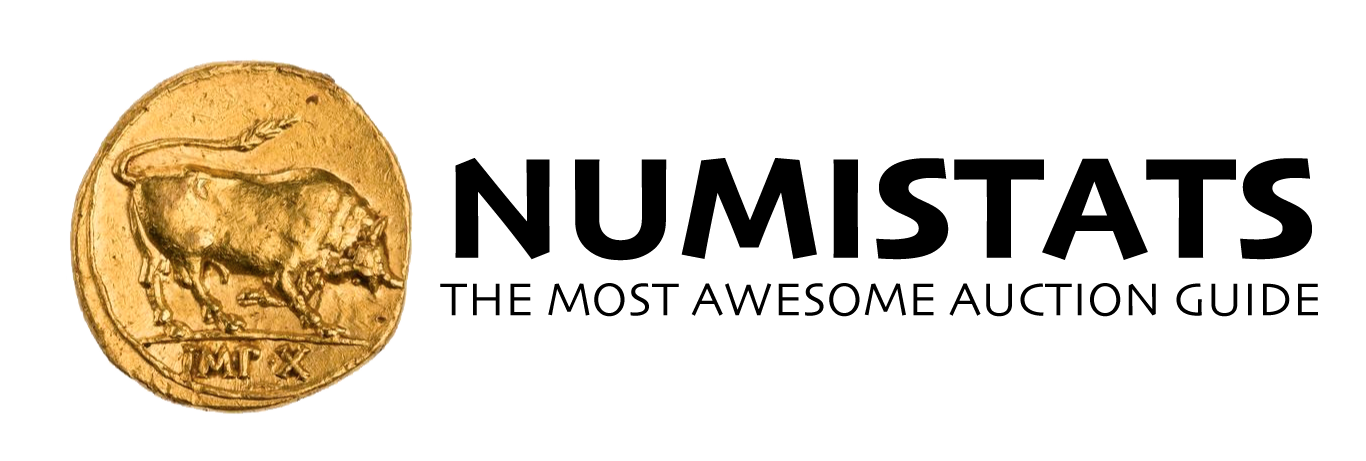Classical Numismatic Group, LLC - Auction 123 - Session 2 . 464

Roman Republican
Category
Q. Pomponius Musa. 56 BC. AR Denarius (17.5mm, 4.03 g, 7h). Rome mint. Diademed head of Apollo right / Hercules Musagetes, Conductor of the Muses, standing right, wearing lion skin and playing lyre; club to right. Crawford 410/1; Sydenham 810; Pomponia 8; RBW –. Toned. Near EF. The Muses were nine divine maidens, the daughters of Zeus and Mnemosyne (Memory), who embodied the human arts and sciences. They were Calliope (epic poetry), Clio (history), Erato (erotic poetry), Euterpe (music, lyric poetry), Melpomene (tragedy), Polyhymnia (hymns), Terpsichore (dance), Thalia (comedy), and Urania (astronomy). Knowingly or not, the moneyer Q. Pomponius Musa's denarius group, surely intended as a canting pun on his cognomen, created a "collector's set" of coins that challenged the holder of one example to find all of its components, which includes Hercules Musarum, the "host" or "conductor" of the assembly.
Description
-
Grade
EUR
Starting
-
Estimate
EUR
Realized
